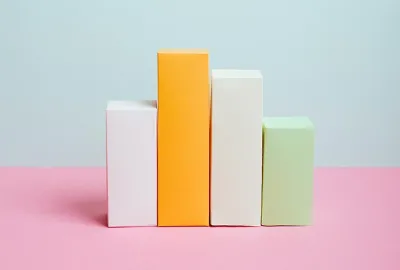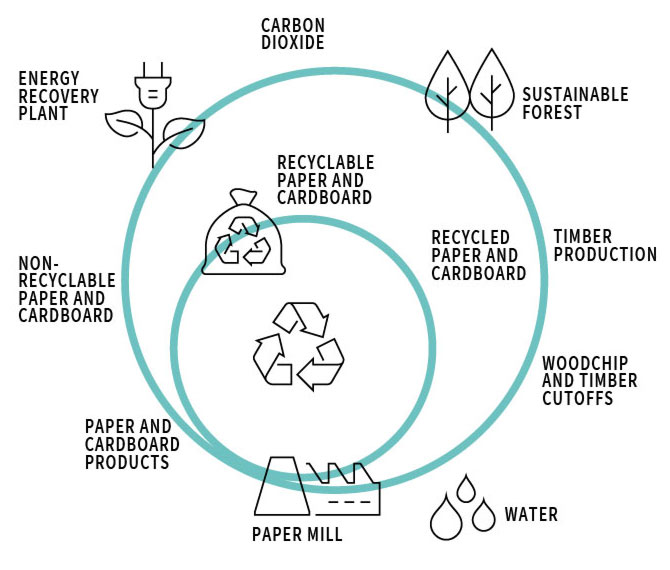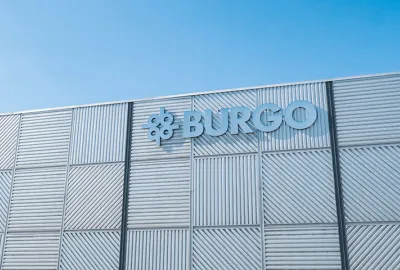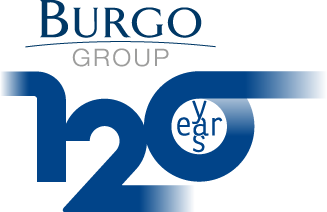Burgo Containerboard: a sound investment for sustainable innovation
This conversion to containerboard testifies to the Group's spirit of initiative and entrepreneurship as it enters an expanding sector. Indeed, the containerboard market is showing a positive growth rate in Europe and this is expected to increase with structural changes in the demand for packaging linked to e-commerce and the gradual increased use of "organic” materials, replacing those of fossil origin.

Burgo Containerboard (BCB) is the production center entirely dedicated to paper for packaging, with a full range of high performance papers.
A 95 million euro investment
The project began by restarting Avezzano's line 2 in 2018 and continued with the conversion of Verzuolo's PM9 in 2019.
About 20 million euros has been invested at the Avezzano plant, where the redeployment and conversion of line 2 to containerboard production have made it possible to reinstate 132 jobs.
Conversion of the Verzuolo plant, on the other hand, required a total investment of about 75 million euros, which represents the Group's largest investment after those made in the early 2000s.
A contribution to sustainability
The work at the Avezzano and Verzuolo sites have enabled the Group to enter a paper production sector characterised by a high rate of use of recycled raw materials, thus increasing its contribution to the circularity of resources.
As a raw material, Burgo Containerboard (bcb) uses secondary fibres, i.e. waste paper from sorted waste, packaging recovery and processing waste.
Once they have served their function, cardboard packaging solutions created with BCB papers can be sent for recycling and reused as a raw material.

An important part of the Verzuolo plant conversion project was reserved for the innovative waste processing and sorting facility. The aim is twofold: recovery of the fibrous component and the minimisation of product waste quantities, with positive effects also in terms of sustainable and responsible supply. This has resulted in:
- an increase in the quantity of raw material sourced in Italy, with positive repercussions on the local economy (the waste paper used is predominantly of Italian origin);
- an increase in waste consumption that contributes to developing resource circularity within the Group.

The conversion of the Verzuolo plant to containerboard, completed in January 2020, demonstrates the Group's willingness to meet the challenge of the circular economy: lower consumption of virgin raw materials, the development of local waste recycling chains and the reduction of non-recyclable waste.

